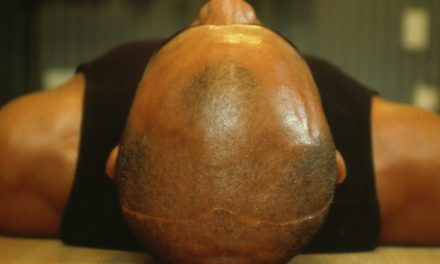(David Hockney studio did not allow photos or videos in the exhibition even for journalists )
There are artists who dream about pictorial revolutions and there are those who celebrate easel painting as it has always been.
Painting has its great adventurers, those who opt for different mediums like transparent materials instead of regular canvas (Sigmar Polke), who practice abstraction bordering on handwriting (Cy Twombly), who employ mathematical formulas (Sol Lewitt) or who use ready-printed canvases as their medium (Daniel Buren)…
But for the most famous living British painter, David Hockney (born 1937), such revolutions are not for him.
As Didier Ottinger, who is curating the exhibition at the Pompidou, underlines, ‘he is not part of what we call the avant garde, cut off from the public. He is one of those rare people who affirm that art is there to celebrate life. He seeks out pleasure.’
See what Didier Ottinger says about the importance of David Hockney:
The pleasure objective is achieved for the viewer feels a degree of delectation upon seeing 162 works for the French version of the exhibition, many more than during its spell at the Tate Britain, as it happens.
Didier Ottinger explains the spirit of this retrospective:
Here the hanging is harmonious with, the high point being two rooms that incarnate the apotheosis of the British master: the one dedicated to swimming pools and the other to the large canvases featuring his double portraits.
David Hockney went to California in 1964 in search of light.
There he developed different sophisticated techniques to represent these blue expanses, painting his famous splashes with the greatest care (c.f. his most famous work ‘A Bigger Splash’ (1967) whose jet of water was painting over the course of two weeks).
Later, the marbling of the water in motion, like a blue puzzle, inspired by Dubuffet’s abstraction, among other things.
Ian Alteveer, the curator of the American version of the show at the Metropolitan Museum (the New York version will be the smallest of the three) explains that for the artist ‘the swimming pool expresses the plenitude of his desire.’
As someone who has never concealed his homosexuality, Hockney fills the edges of the pool with people dear to him.
But if he paints contemporary scenes, he is nonetheless steeped in the history of art.
He often makes references to the first Italian Renaissance with his geometric framing and his simplified forms.
But his direct line of descent is from Matisse above all.
The colours explode and clash in a great epicurean celebration right up the multicolour overdose of the 1980s like in his mountainous landscape ‘Nichols Canyon’.
In the last room four canvases, all polygons, were designed especially to create new reversed perspectives on painting.
At the age of 80 the painter continues to seek out possible sources of pleasure.
Until 23 October. www.centrepompidou.fr
Support independent news on art.
Your contribution : Make a monthly commitment to support JB Reports or a one off contribution as and when you feel like it. Choose the option that suits you best.
Need to cancel a recurring donation? Please go here.
The donation is considered to be a subscription for a fee set by the donor and for a duration also set by the donor.





